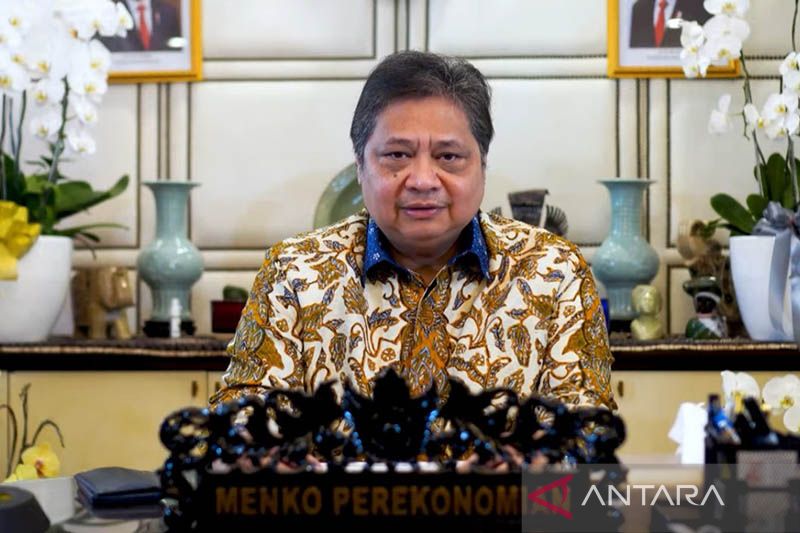A late-August 2021 US News & World Report survey shows that among Americans with unsecured debt, more than 53% say it’s mostly credit cards.
Credit card debt is considered unsecured debt, which means that it is not tied to an asset, such as a house or a car. Respondents were asked what types of debt make up most of their unsecured debt, and in addition to credit cards, they cite:
About 52% of respondents report having between $ 10,000 and just under $ 40,000 in unsecured debt.
What interest rates do they pay?
Almost 8% of respondents say they don’t know what their highest interest rate is, which is worrying. Among those who know their rates, here are the conclusions:
RELATED CONTENT
- About 35% declare an interest rate of 10% or less.
- More than 20% have a rate between 11% and 15%.
- More than 19% have a rate between 16% and 20%.
- Almost 16% have a rate between 21% and 25%.
- Almost 7% have a rate between 26% and 30%.
- Almost 4% have a rate above 30%.
Your interest rate depends on the type of debt you carry as well as your creditworthiness. With debt comes interest charges. Some types of unsecured debt, like credit cards and payday loans, charge compound interest.
This means that you pay interest on a balance that includes the interest charges from the previous month. With compound interest, your debt can grow quickly. Once you have fallen into this dangerous spiral, it is difficult to get out of it.
Why Americans struggle to get out of debt
Almost 42% of respondents say they have more unsecured debt than a year ago. When asked what the biggest challenges are in paying off their debt, about 20% say they are unforeseen expenses.
- About 19% have problems paying their bills on time.
- Over 15% have problems budgeting for payments.
- Over 15% cite irregular income as the culprit.
- About 13% say rising interest charges are a big factor.
- Over 7% have trouble keeping track of multiple accounts.
How to pay off your debt
The first step is to identify what is preventing you from facing your debt. And if you determine that you have room for improvement in more than one area, that’s okay too. Be honest about your situation, then you can focus on one or more of these solutions:
Almost one in five respondents say they do not pay their bills on time. If the problem is that you don’t have any money when the bill is due, you should contact your lender and explain your situation. Depending on the lender, it is possible to enter a difficulty program while you catch up with your bills.
If it’s a timing issue, see if you can change the invoice due date. Move it over to a week when you have the cash to cover expenses.
But what if it was just a matter of forgetting? The simple solution is to automate your payments for as many invoices as you can. When you set up automatic payments with your bank or credit card, your lender deducts what you owe from your authorized bank account.
But make sure you have the funds in your bank account to cover the amount. Once you’re up to speed and pay your bills on time, you can start looking for ways to help you pay less interest on your debt.
When asked how to pay off their debts, about a quarter of respondents choose a debt consolidation loan as the most attractive option. With this type of loan, you consolidate your debts in order to reduce your number of creditors. And I hope you will get a lower interest rate and a lower monthly payment.
You need to make comparative purchases online. Compare rates and make sure you get the best deal you can qualify for.
It is important to note that it is not a good idea to consolidate medical debt. This can add interest charges to already heavy debt. Medical debt consolidation also removes consumer protections that apply to medical debt.
For other types of unsecured debt, however, a debt consolidation loan is a good option for those who do not have excellent credit scores. But if you have good credit, consider a balance transfer credit card.
With excellent credit, you should qualify for a credit card with balance transfer. These cards often come with an introductory annual percentage rate of 0% for a period of time, such as 12 to 18 months.
This gives you a chance to pay off (or at least decrease) the balance during the interest-free period. If you go this route, figure out what your monthly payment should be so that you have a zero balance before your regular APR starts.
If their debt was paid off, nearly 23% of respondents say they would use the extra money to increase their emergency fund, which is a great choice. An emergency fund helps you survive a sudden financial crisis.
Even if you are in debt, try to allocate money from time to time to your emergency fund. Even a little bit helps.
If you think your debt is insurmountable, seek help. No matter how serious your situation, there is a solution. It may take a long time to repair, but starting today is the right decision.
 Welcome To Poole
Welcome To Poole



